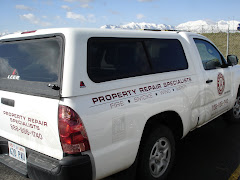All we here about these days is how to be more “green”. What does that really mean? And how does it all work? There are several different types of alternative energy including solar, wind and water. We can harness and use these energy sources to our advantage.
Solar energy is the easiest of all the renewable energies; it’s something that you can use right at home. Solar energy has been used since the beginning of time by plants and animals. The sun is the fuel behind phenomenal events in nature such as the summer-plankton boom along the coast of British Columbia and Alaska turning a lackluster stretch of water into a vivacious feeding ground for herring, whales, sea lions, birds and many others. Humans have learned to use the sun to distil water and use glass to magnify it
Photovoltaic panels are the most commonly used technology to capture the sun’s energy. Photovoltaic cells cause photons from sunlight to knock electrons into a higher state of energy, creating electricity. Though solar energy is a great alternative and can surely be used to provide us enough power to light, heat and adjust the temperatures in our homes, you need the sun and that’s not always possible. Solar technologies are really only beneficial for areas that receive a lot of sun year round. Pollution, cloud cover and nighttime, all greatly alter the effectiveness of the solar panels.
Storing the power that the panels generate is another problem. The methods we have now are not efficient or cost-effective. There are methods of saving the heat that panels absorb in salt and releasing the heat later when the sun isn’t available to create power. But this thermal method is only used by larger solar farms and has not yet been available for everyday use in your home.




No comments:
Post a Comment